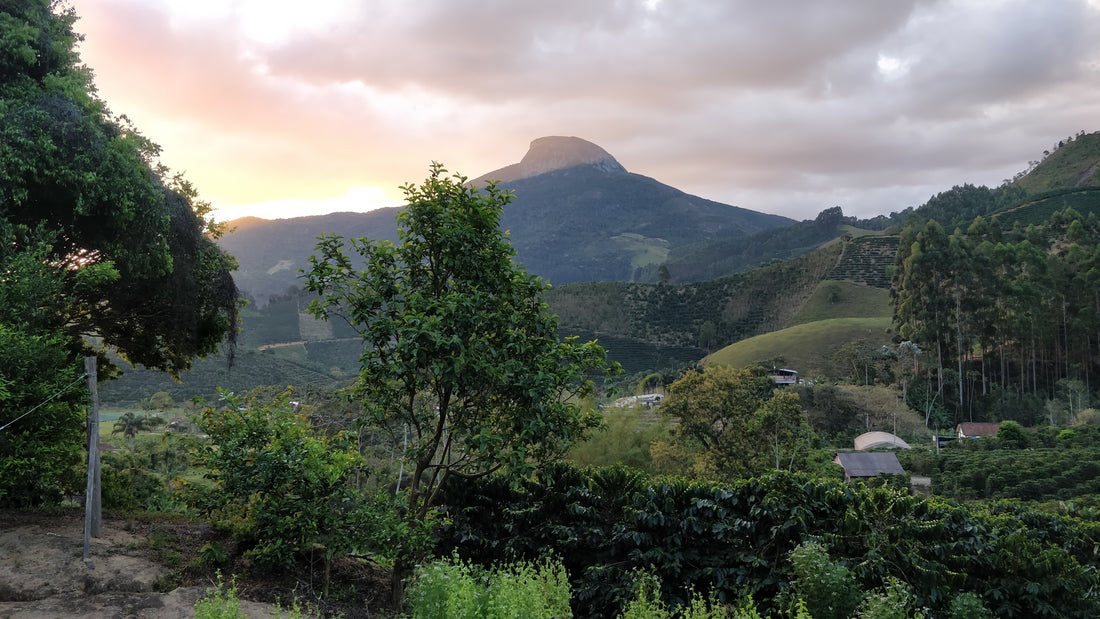About the author: Alex is a Q-grader with 10 years of coffee industry experience, and co-founder and coffee buyer/roaster for Scenery
Sometimes not all of the copy could or should fit into the individual product pages, and it has to be cut. But since reading a blog post is entirely a choice, dear reader - here is what we had to remove from our copy from Gilcimar Spavier, as while we've finished his lot for this year, we are deeply looking forward to the next harvest...
A note on Brazil:
Brazilian coffee makes the world go round (or certainly wakes it up before it decides to go around). Brazil is the country with the largest annual production of coffee, mostly due to the moderate altitude flat plateaus (with suitable climate for coffee production) that lend themselves to mechanised agriculture, a geographic advantage not found in many other countries.
This mechanisation means Brazil produces a lot of coffee - both commercial bulk lots, but also speciality grade. The reduction in labour cost, mechanisation and the economies of scale (Brazil is home to some truly gigantic coffee farms and co-operatives) means Brazilian coffee is cheaper to produce, and thus cheaper to buy than nearly any other origin. The downside is that the climatic conditions found in the majority of coffee producing heartlands of Brazil are not conducive to high quality coffee production - the moderate altitudes are too warm, with cherry ripening occurring too fast. And while vast sums can be spent on optical sorting technology and post-harvest processing (and in Brazil, they are), mechanised picking of coffee still produces a lower grade result than a trained picker. So Brazilian coffee is often written off - the bulk of a blend, nutty & low acidity without much else to say. When higher scoring coffees and microlots are found they tend to be very process/fermentation driven - funky.
But we’re not for putting Brazil into a box - there are regions of Brazil with mountainous to hilly terrain, with the steep valleys and cooler nights required to produce more intriguing cups. These areas often have smallholder farmers, and the lack of mechanisation means coffees must be hand picked (until the end of the harvest, when the rains come, where small hand-held motorised strip picking tools must be used). These regions produce really interesting coffees - oft with the acidity and complex cup more akin to coffees from Central America, punching above the weight of the altitude they are produced at. It was a love of coffees from one of these regions that prodded Alex into visiting in 2019, and through this he met producer Gilcimar Spavier. It seemed like fate when we were selecting our coffees for the opening offer to find Gilcimar’s coffee again, and we leapt at the opportunity to showcase an excellent coffee from a producer we know.

